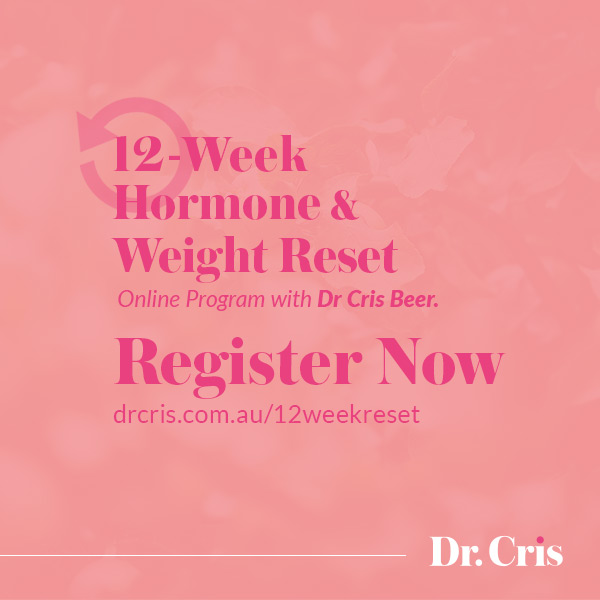Our bodies were made to move.
With over 200 bones in our bodies, 650 muscles, and 360 joints working as leavers to create movement it is clear that we are designed to be active. There are so many health benefits to exercise. If there is one thing you could start doing today to greatly improve your health it would be to move more. With the way society is today, with the majority of us having sedentary jobs, we have to make a little effort when it comes to getting enough exercise. In times gone by most of the exercise we did would be incidental in the form of manual labour and/or tending to our home, yard and small children. There were no gyms until the early 1980s. Most of us did not need the extra exercise.
But of course times have changed and fewer and fewer of us are getting the recommended amount of exercise per week. Studies show that only around one third of Australians undertake regular physical activity, with women being less active on average than men. Considering the health benefits of exercise we really do need to learn to incorporate it into our lifestyles as a lifelong habit. So what exactly are the health benefits of exercise? What is the best type of exercise to do and how long do you need to exercise for to reap the benefits? The answers to these questions are discussed below, plus an exploration of some common myths surrounding exercise.
What Are the Health Benefits of Exercise?
Studies indicate that even just a small amount of exercise per day has the following health benefits:
- Reduces fatigue
- Reduces the risk of chronic diseases such as diabetes, heart disease, stroke andarthritis
- Reduces blood pressure and increases good cholesterol levels
- Decreases the risk of certain cancers such as breast, colon and possibly prostatecancers
- Improves weight management
- Reduces depression
- Builds muscle and therefore improves metabolism
- Strengthens bones
- Improves circulation
- Improves toxin elimination
- Improves mood and is a way to combat depression
- Improves sleep
- Helps with stress relief
- Improves self esteem
- Can improve vitamin D levels through outdoors sun exposure
- Helps manage back pain and joint pains
- Slows the ageing process
What is The Best Type of Exercise?
There is no one type of exercise that suits everyone and there is not one type of exercise that is better than another in terms of health benefits. Any form of exercise will be of benefit. The best type of exercise is one that you enjoy and can sustain consistently.
Saying that, there are three main categories of exercise, each of which has different benefits for our health and that are worth trying to incorporate into our weekly schedules. These different categories of exercise include:
- Cardiovascular training (‘huffy puffy’ e.g. brisk walking, swimming, cycling) – this type of exercise is designed to elevate your heart rate and will improve your fitness level, improve your blood pressure and blood sugar balance, and help with weight management.
- Resistance training (against resistance e.g. body weight training, kettlebells, training with gym weights) – this type of exercise is designed to condition your muscles, improve strength, strengthen bones and increase your lean muscle tissue. This might include for example doing some push-ups, triceps dips, squats or lunges after you have been for your walk. It could also include carrying around on your walk some hand weights for extra weight-bearing.
- Flexibility and core strength training (e.g. stretching, yoga, Pilates) – this type of exercise helps to increase the suppleness of the body by reducing muscle and tendon tension. Core training has the additional benefits of building up the fundamental stabilising muscles of your trunk to prevent injury and improve posture.
How Much Do You Need to Do?
There are some simple principles to keep in mind when exercising and these include:
- Start slow and build up as your fitness levels improve.
- Some is better than none, and more is better than less.
- Incorporate incidental activity into your daily schedule, for example, taking the stairs instead of the lift or parking further away from work and walking the extra distance. Try to think of movement as an opportunity, not an inconvenience.
- Be as active as possible in as many ways as you can throughout the day. Using a pedometer will count your steps and can be helpful to gauge if you have been active enough throughout the day – aim for 10,000 steps per day, which is equivalent to walking for 5 km.
- Aim for at least 30 minutes of moderately intense physical activity (such as brisk walking) on most (preferably all) days. The 30 minutes does not have to be continuous. Combine short 10–15 minute sessions throughout the day instead.
- Moderate-intensity means that you break a sweat but are still able to continue a conversation but you would not be able to sing.
- Alternate between cardiovascular (‘huffy puffy’) type exercise, resistance training, and core strength training throughout your week.
- Try also to stretch following exercise for 5–10 minutes as a way to safely cool down and to avoid injury.
Before embarking on a new exercise program do have a health check by your local doctor to give you the ‘all clear’ for immediate physical activity. This is especially important if you are older than 40 years, have not recently had a health check (in the last 12 months), have been diagnosed with any lung or heart conditions, or have experienced some shortness of breath, dizziness or chest discomfort previously when exercising.
#healthyhabits
Dr Cris
Holistic Medical Doctor
Author ‘Healthy Habits, 52 Ways to Better Health‘ and Healthy Liver



